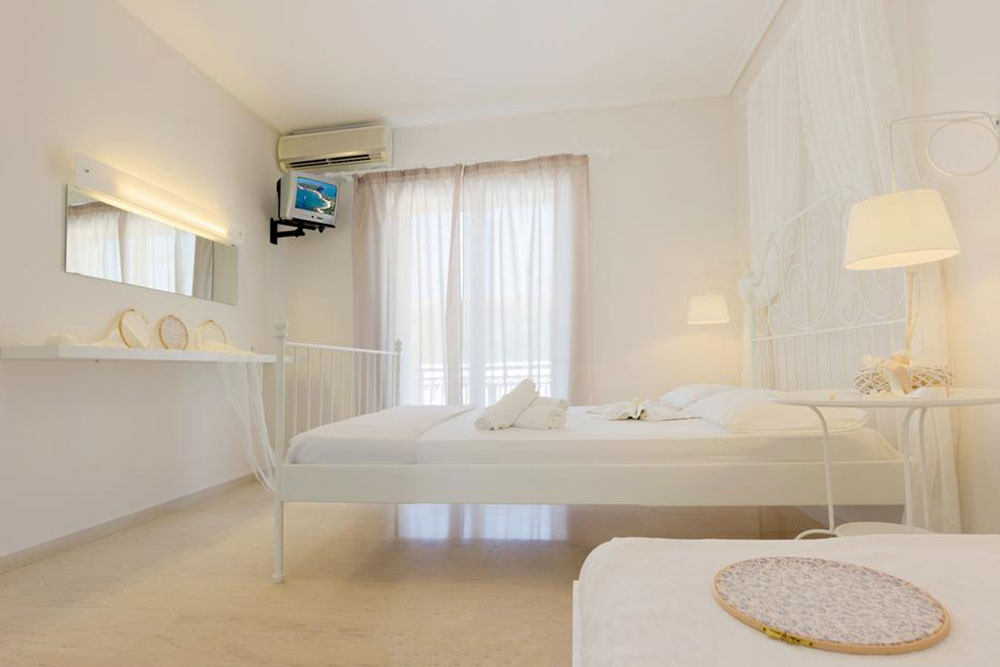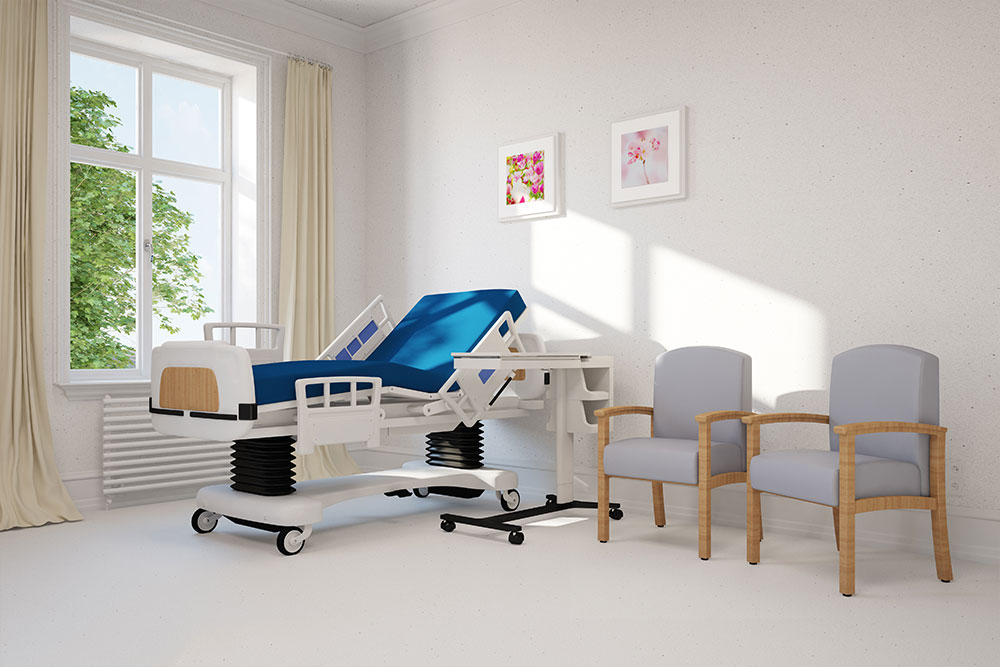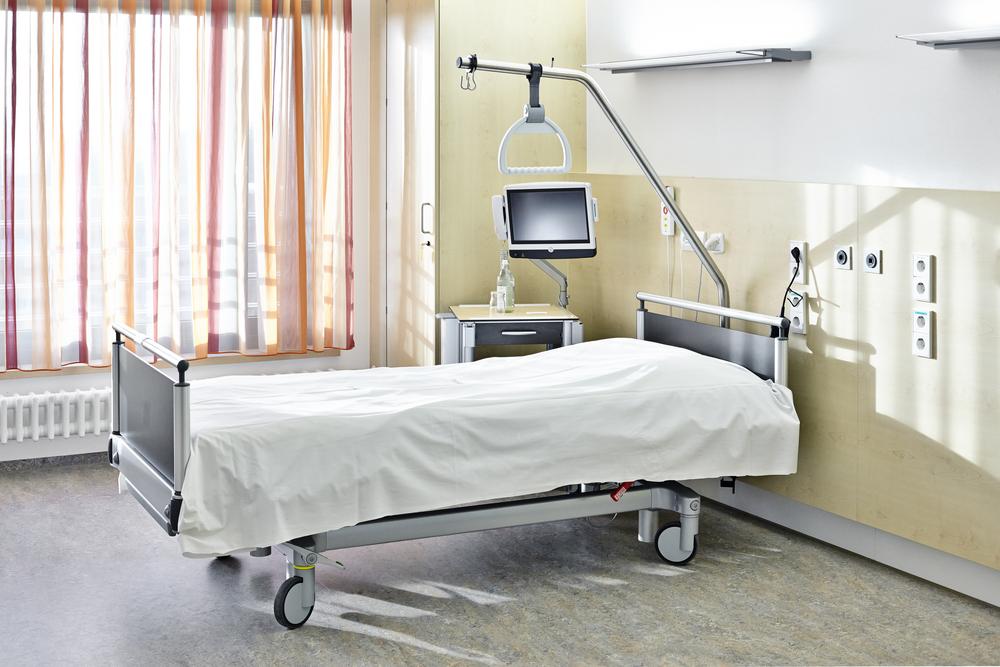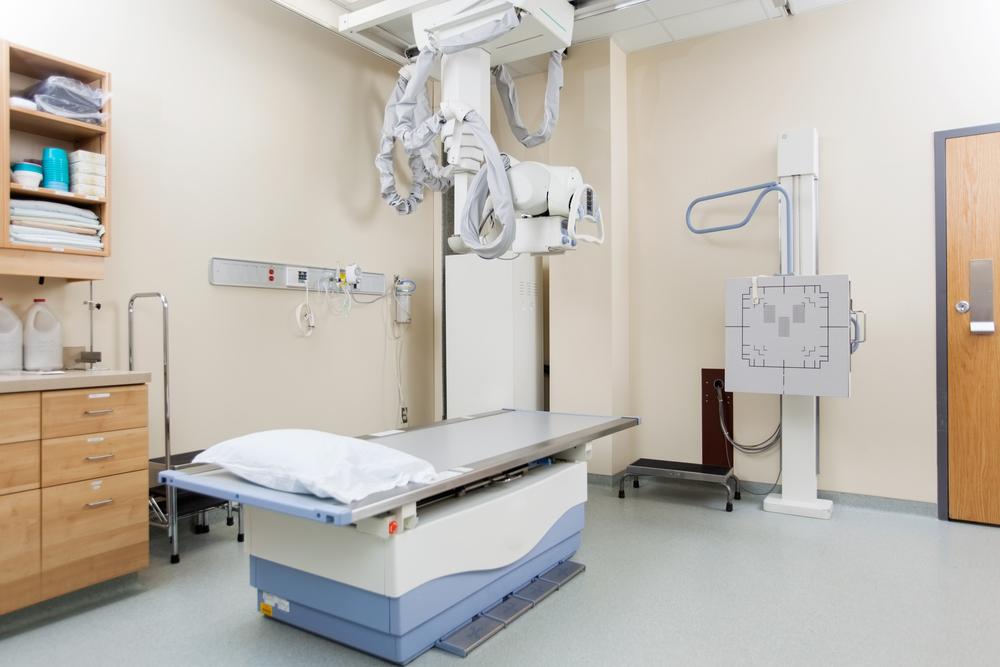Comprehensive Guide to Selecting the Ideal Hospital Bed for Home Use
Discover a comprehensive guide to choosing the perfect hospital bed for home use. Learn about different types, features, safety considerations, and how to select the right fit to enhance comfort and independence. This detailed article helps homeowners and caregivers make informed decisions for health and mobility needs.
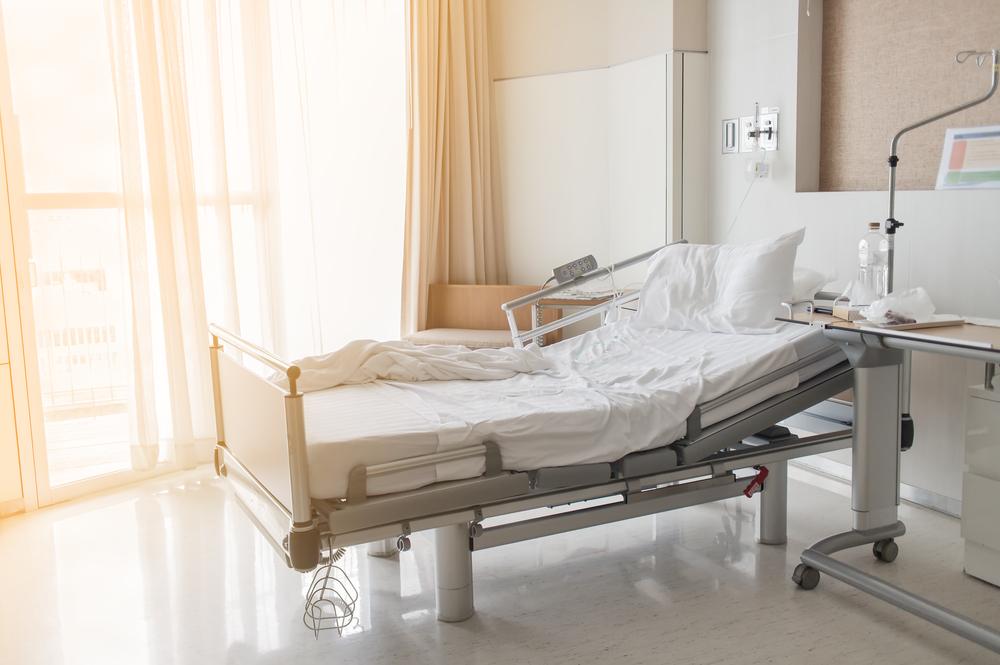
Comprehensive Guide to Selecting the Ideal Hospital Bed for Home Use
Hospital beds are specially designed medical equipment aimed at improving patient comfort and simplifying caregiving tasks. Although they resemble regular beds at first glance, their advanced features and versatile functions distinguish them significantly, providing unmatched convenience for users. For individuals who face difficulty in getting in and out of standard beds due to age, health conditions, or mobility issues, investing in a hospital bed can greatly enhance daily living and safety. When considering purchasing a hospital bed for home use, it’s essential to evaluate various factors meticulously to ensure you make the most suitable choice tailored to specific needs.
Hospital beds are available in a variety of configurations and designs, each intended to address different mobility, comfort, and safety requirements. The selection process can be complex, especially for those unfamiliar with medical equipment, but gathering detailed information about different models, features, and functionalities can facilitate an informed decision. Since buying hospital beds for personal use is less common than purchasing regular furniture, many rely heavily on seller advice or online research to identify the best options that align with their personal health conditions and space constraints.
Hospital beds are curated in various configurations to meet different health and mobility needs. It’s crucial to assess personal requirements thoroughly before making a purchase decision to ensure maximum benefit.
Electric vs. Manual Hospital Beds
One of the most critical considerations when selecting a hospital bed is the type of adjustment mechanism it offers. There are two primary categories: semi-electric or manual beds and fully electric beds. Fully electric hospital beds are equipped with remote controls that enable users or caregivers to effortlessly adjust the bed’s height, head, and foot positions without physical exertion. This feature substantially enhances comfort and ease of use, especially for individuals with limited mobility or strength. On the other hand, manual beds require adjustments through mechanical gears or cranks, necessitating physical effort, which may be manageable for some but inconvenient for others. Budget considerations also influence the choice; electric beds tend to be more expensive than manual options due to their advanced features. Evaluating your mobility requirements, frequency of adjustments needed, and budget constraints can help determine the most suitable bed type.
Mattress Compatibility and Support
An often-overlooked aspect of hospital beds is the compatibility and quality of the mattress used with the frame. The support system of the bed must accommodate mattresses that can move smoothly in tandem with bed adjustments to maintain comfort and proper ergonomics. High-quality, flexible mattresses made from materials such as memory foam or specialized medical foam can provide superior comfort, pressure redistribution, and support for individuals with sensitive skin or chronic pain conditions. Moreover, selecting the correct mattress ensures that the user benefits from optimal spinal alignment and reduced risk of bedsores or pressure ulcers, particularly for those who spend extended periods in bed.
Choosing the Right Size
Proper sizing of the hospital bed is essential for safety and comfort. Measure the space where the bed will be placed, ensuring there’s adequate clearance on all sides for easy movement, bedding, and potential medical equipment if necessary. Most hospital beds come in standard lengths and widths, but custom sizes are available to fit specific needs. An appropriately sized bed prevents cramped conditions and facilitates caregiver access when necessary. Remember, larger beds may require more space but provide increased comfort for some users, especially taller individuals or those with larger body frames.
Mobility and Accessibility Features
Some hospital beds are equipped with wheels or casters, making it easier to reposition or transport within the home. Wheeled beds are beneficial in environments where frequent movement for cleaning, repositioning, or emergency access is required. Conversely, fixed beds are more stable and suitable for permanent placement in a bedroom corner or designated area. When choosing a mobility feature, consider the user’s everyday routines and caregiver needs. For example, if frequent repositioning is necessary for health reasons, a bed with lockable wheels offers safety and convenience.
Safety Features and Additional Accessories
Safety is paramount when selecting a hospital bed for home use. Bedrails are an essential safety feature, preventing accidental falls and providing support when getting in or out of bed. These rails can be adjusted or removed based on user preference. For individuals prone to sudden movements or sleep-related falls, beds with built-in safety features or reinforced rails offer added peace of mind. Additionally, some models come with alarm systems, ergonomic headboards, and side panels designed to enhance safety. Assessing the specific safety needs of the user ensures proper and secure usage of the bed.
Before finalizing your purchase, it’s advisable to conduct thorough research, comparing different models and manufacturers. Reading reviews, consulting healthcare professionals, and understanding the warranty and after-sales service can significantly influence satisfaction and long-term utility. Ultimately, the goal is to select a hospital bed that combines functionality, safety, comfort, and affordability, ensuring the improved quality of life for the user and peace of mind for caregivers.
